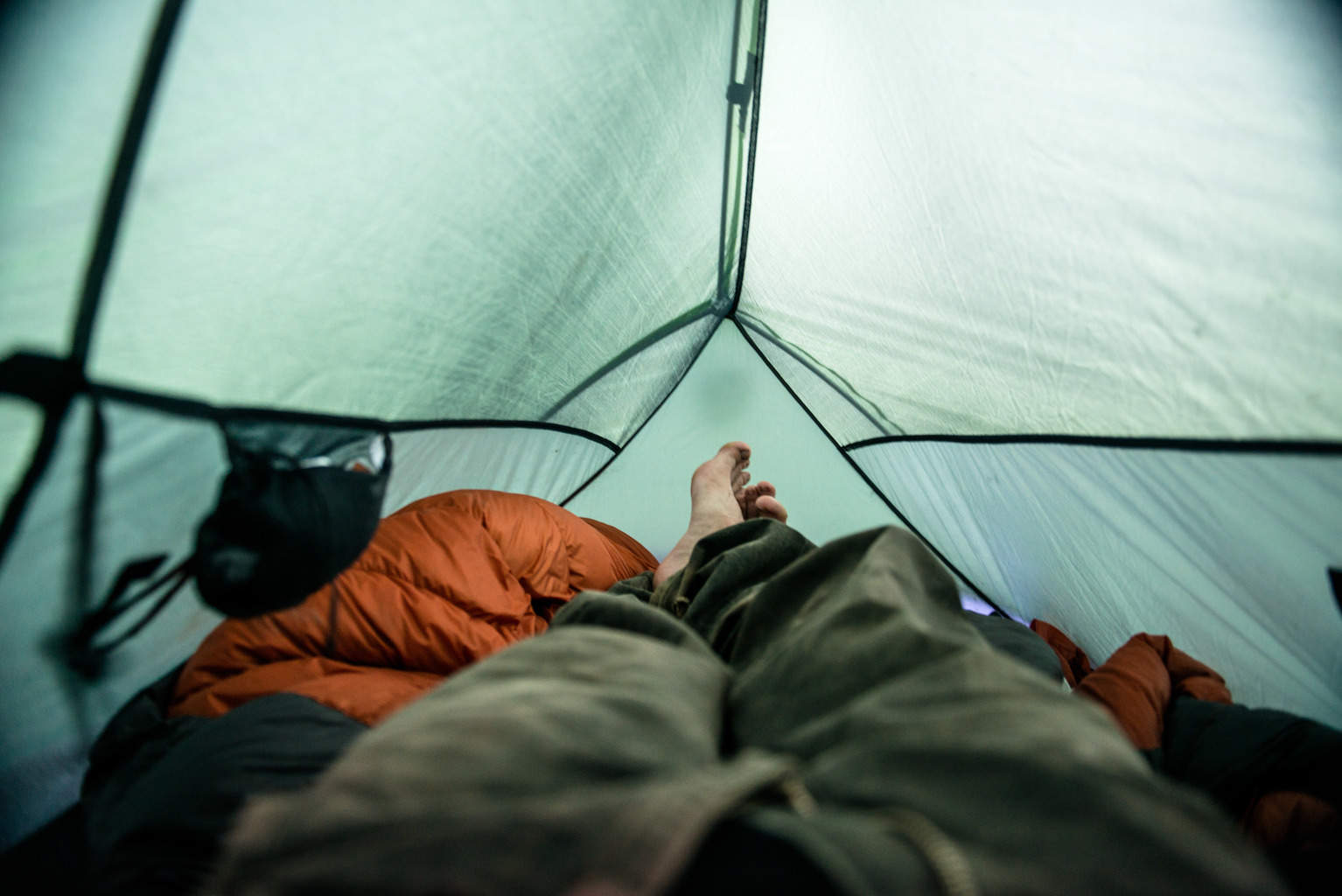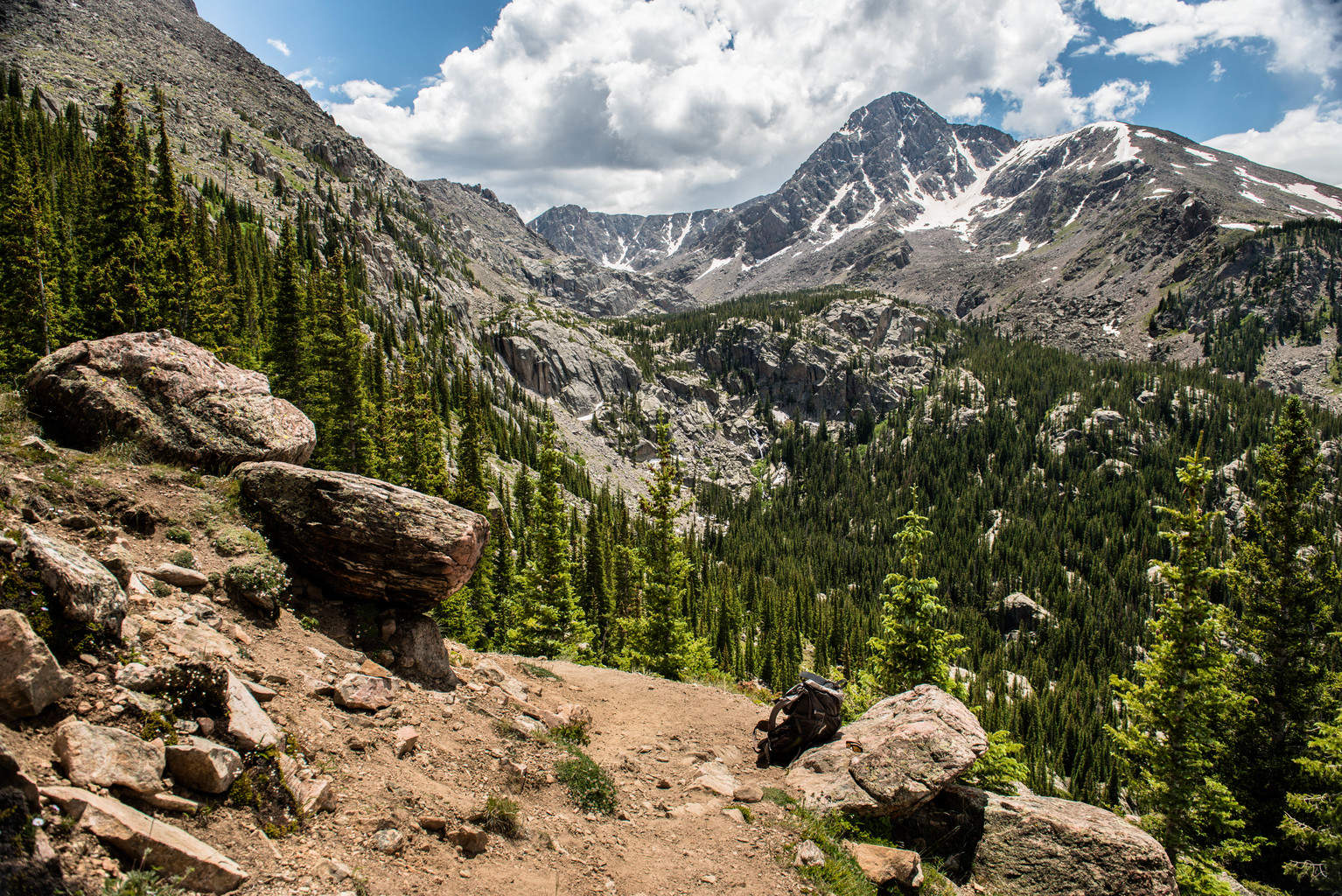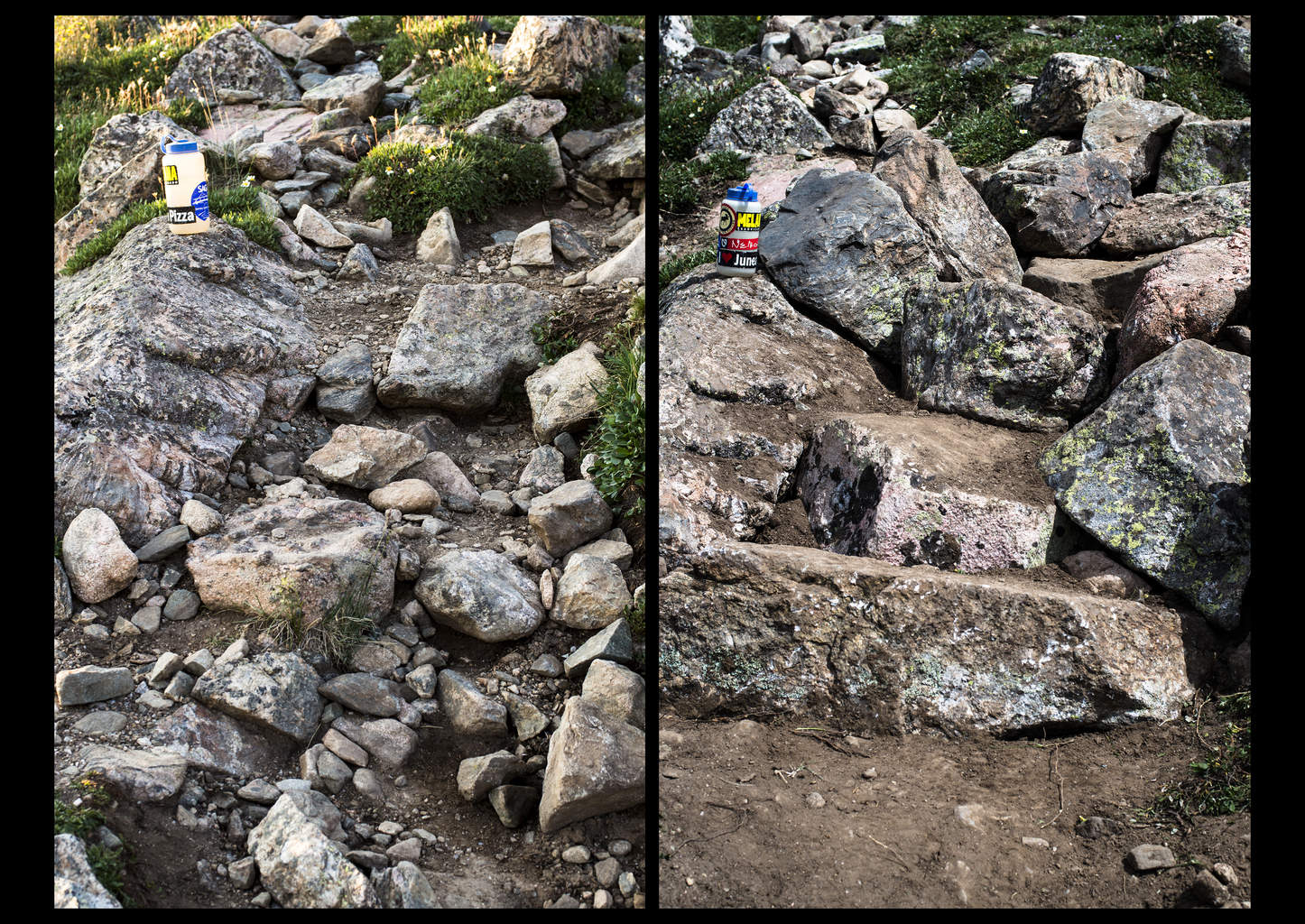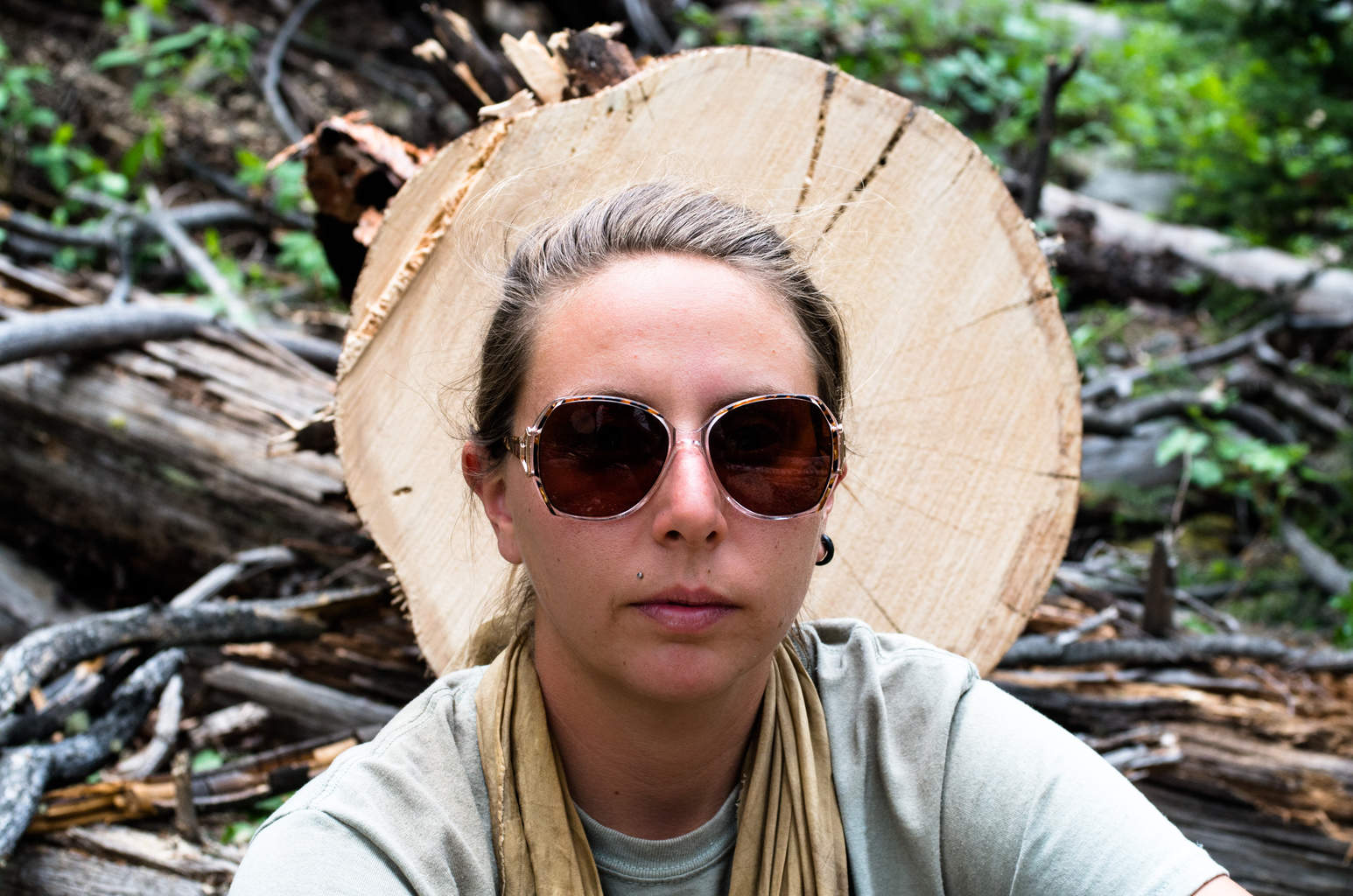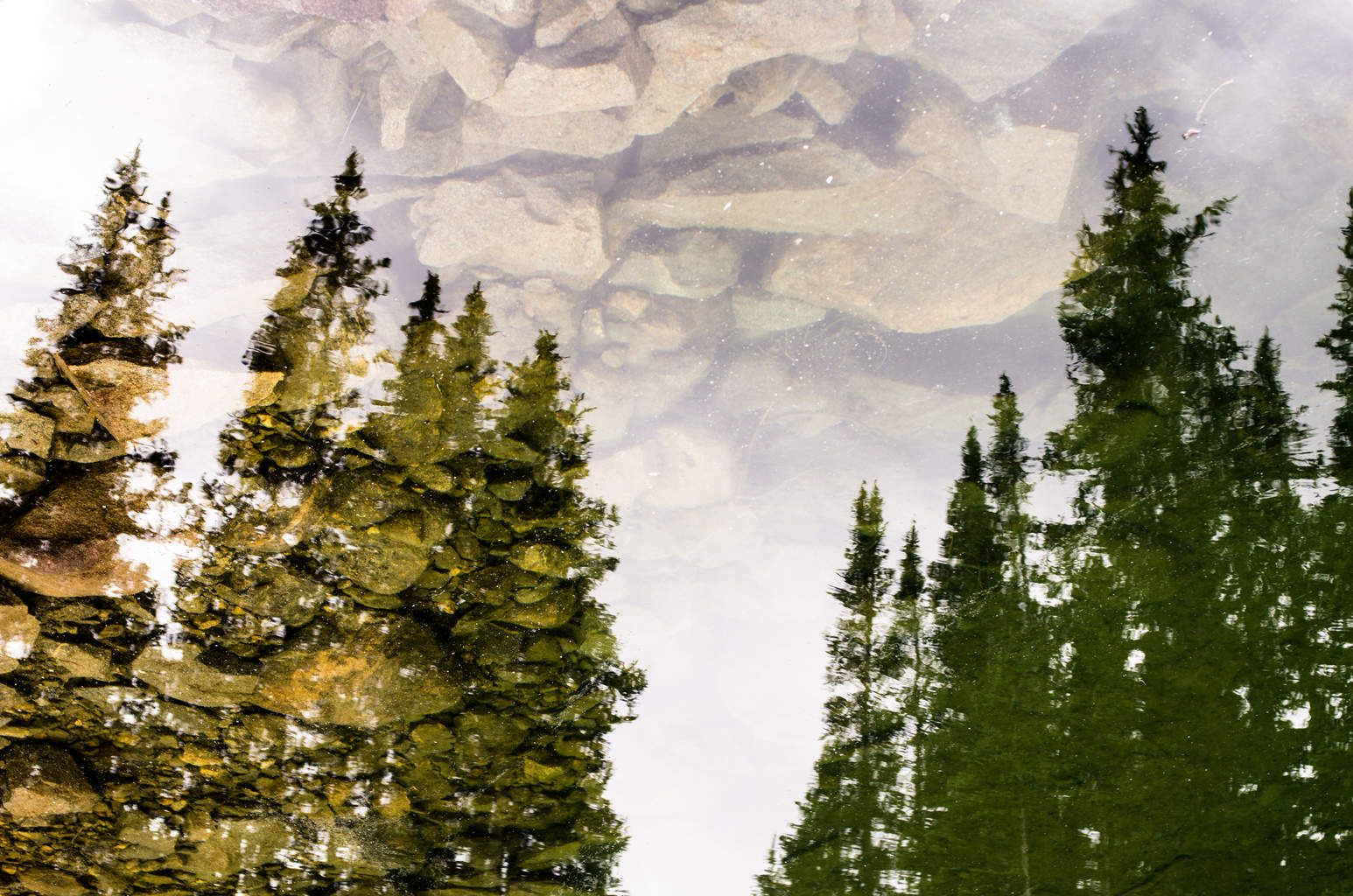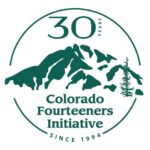This season, I find myself with a new organization and in a new position, but area is familiar and dear to me. Three years ago, I spent a month on the Mount of the Holy Cross summit trail building rock steps, walls and crushed rock paths to help delineate the trail and prevent erosion. During that season I worked as a crew member for Rocky Mountain Youth Corps (RMYC). I spent time elsewhere in Colorado, including another fourteener, Mount Yale, but Mount of the Holy Cross left the greatest impression on me. That year, my crew was granted the amazing experience of having the wilderness area almost entirely to ourselves. The nine mile road to the trailhead was closed for a logging operation to all apart from my crew, the Forest Service, CFI and those involved in the logging. It was an unmatched experience to have such a large, majestic place mostly to oneself. That year, I became connected to the Holy Cross Wilderness.
The next year I returned to lead a crew from RMYC, again working under CFI’s direction, and had to learn to share this area that I held so dear. During this second year the necessity of our work became doubly apparent to me. Mount of the Holy Cross is a very popular mountain, and the alpine tundra is a harsh environment for a delicate ecosystem. Each stair step my crew set seemed more vital towards preventing erosion and keeping hikers off of the vulnerable vegetation.
During that season I also realized that our work protects more than just the mountain. I realized how the clouds can come in and surround you above tree line, making visibility difficult. Each crushed rock pathway and rock wall provide a visible path when the clouds come in and could potentially help save a human life.
I spent a year away working in Alaska, but Holy Cross specifically pulled at my heart. I thought often of the trees, stumps, streams and rocks that had become landmarks, monuments and, in a way, friends. I missed the weekly blooming of flowers up on the tundra, with a new line-up of flowers coming into season each week that would marvel and entertain. I’m not from Colorado, but I was homesick.
This year I returned to Holy Cross with CFI, and I now reflect on these past seasons of work while forging ahead with my current work. This time, it is only my co-worker Christina (who also was a member with me in 2011) and I doing work on Holy Cross, with the exception of some very enthusiastic volunteers who occasionally come out to help us. For years to come there will hopefully be a CFI presence in the Holy Cross Wilderness, but we must eventually leave Holy Cross and allocate our resources to other peaks that are in need. Because of this we are not just builders and maintainers of the trail, but also educators and stewards. We talk passionately about what we are doing and why to passing hikers who show any sign of inquire. We also keep an eye on the campsites and teach Leave No Trace principles if people are interested, which most of them are. This education is nearly as important as the physical work that we do on the trails. We sometimes transplant grasses and small trees to restore areas from heavy off trail hiking, but explaining why it is so important in a high use area to stay on the trail or durable surfaces alleviates the need for the restoration in the first place.
Occasionally, hikers will tell me that this is not their first time up the mountain. This makes me smile, because I know that this place left a strong impression on them like it has on me. Each day, I try to plant just one seed in one mind and teach somebody a little bit about the area (flora/fauna, wildlife, weather etc…), hoping it will tug a heart string just a little bit or spark their interest. I imagine that one day they will do the same in a conversation with a friend or stranger on another trail. So I have one request; if you love the Colorado outdoors, turn off your computer strap your boots on, take a hike. Finally, if the opportunity arises, plant a seed.

